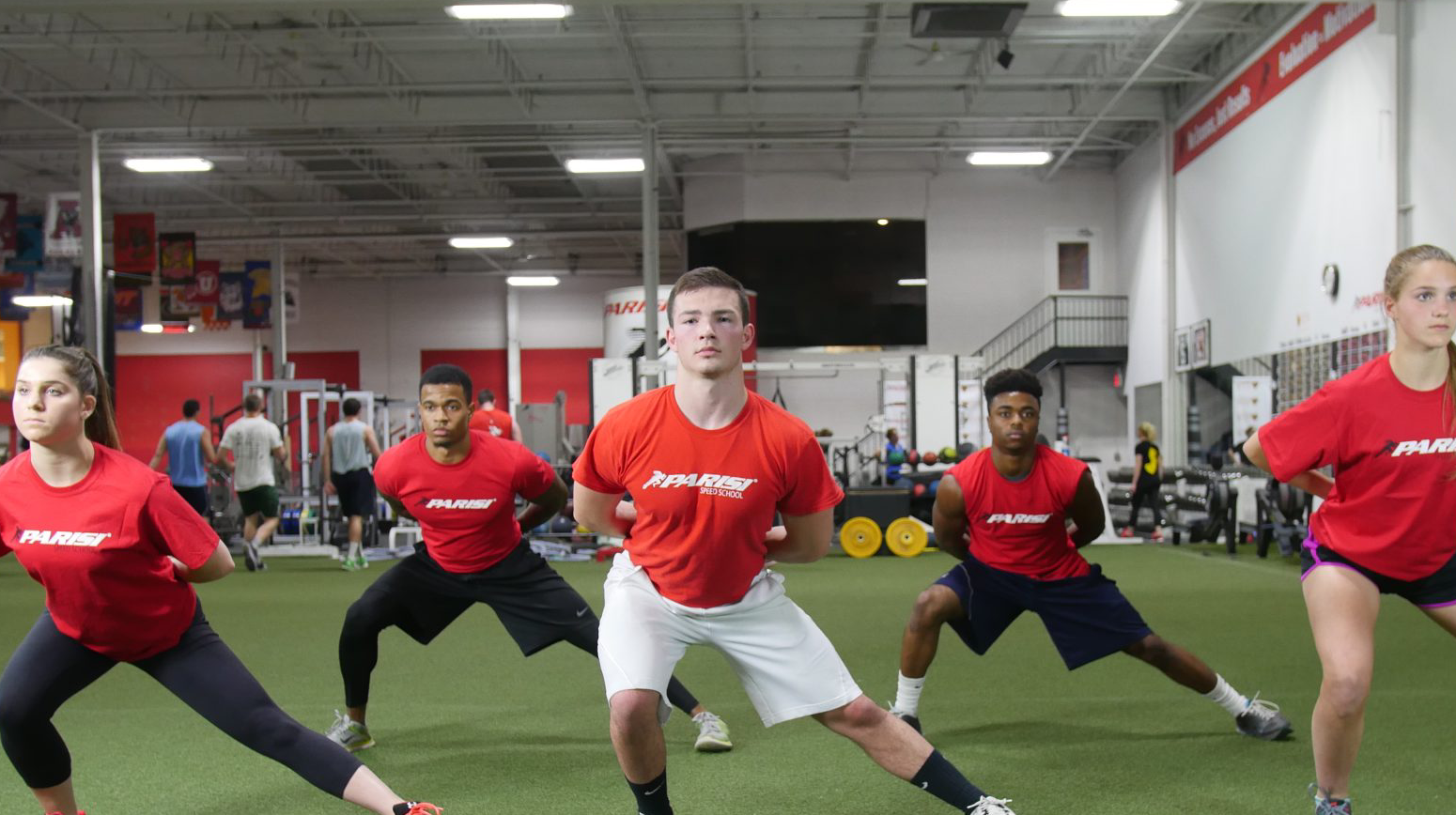Research is often lacking specificity to the youth market. Quite frankly, kids are too ‘wild’ to test, have a ton of commitments, are reliant on their parents for travel, and some parents just don’t want to sign their kid(s) away to science.
C’mon Parents!
Alas, the show goes on. I chose this research study because the two populations were trained and untrained. The closest thing we get to research being relevant to a novice (or low training age) athlete is an untrained adult.
I’m aware it’s not the same thing. It isn’t even close. Part of the scientific process is using our brain in an analytical way, so we’ll have to do our best with this study on comparing isometric strength and vertical jump improvements.
Here we go!
If you’re new to the series, here’s how we’re gonna do it. I’m going to read the research article and break it down into these three parts for (hopefully) easier understanding on your side of the screen.
Part 1: What do we know?
This is going to explain what the research was looking to study, how they studied it, and why you should care.
Part 2: Any comments or concerns about what the study is showing?
Sometimes the best research study looks so good on paper, but then when you dive in you see that it was done on olympic athletes, or was sponsored by a specific company, or something else that can throw a major red flag on its effectiveness in practical use. Alas, that is what we are for here at Parisi HQ
Part 3: How can I use this?
This part is going to explain practical applications of the research. Typically research is lab based and can be hard to replicate when you’re a Performance Coach on a budget. I’m going to do my best to break down how you can actually apply this research to you coaching
As always, for the grammar nerds, here is the article in MLA citation format…
What do we know?
We know two groups of fellas were compared. They rode a bike for 5 minutes as a warm up, then completed 150% of their 1RM squat in an isometric fashion against pins. Not-so-surprisingly, the untrained group saw no improvements and the trained group saw statistical improvements ~4 minutes after performing the iso-squats.
Why wasn’t that surprising? Keep reading…
Any comments or concerns?
When I read studies like this, I think the concept of neurological drive or connectivity is vastly under-appreciated.
The demands to squat 150% of a 1RM load and then perform a high neurological output movement like the countermovement jump squat in the test, is very high. For the untrained group- the group you think may have some ‘newbie gains’- they’re going to be fried just from performing the squat.
Hell, they may be fried from the five minutes on the bike!
What would be interesting to see is if they performed isometrics at a significantly less load or chose a movement that was significantly easier to test (for those wondering, there is a lot of variability in a vertical jump test).
I would have loved to see this test performed with an isometric squat with a bodyweight load and a broad jump into a sand pit to measure distance.
How can I use this?
When I selected this article, I thought it was going to show us how lower loads can help potentiate the nervous system in untrained individuals. The biggest takeaway is the opposite- isometric contrast training is beneficial with athletes who have unlocked greater relative strength – most likely those who can squat 1.5x their bodyweight, a suitable long term goal for an athlete in a youth development program.
Yay, long term athletic development!
So how can you use this? Bucket this style of training for those in your elite programming, for those at the top of the food chain. If your athlete doesn’t have adequate strength, they’re probably better off using isometrics for positional integrity at this point in their development.
